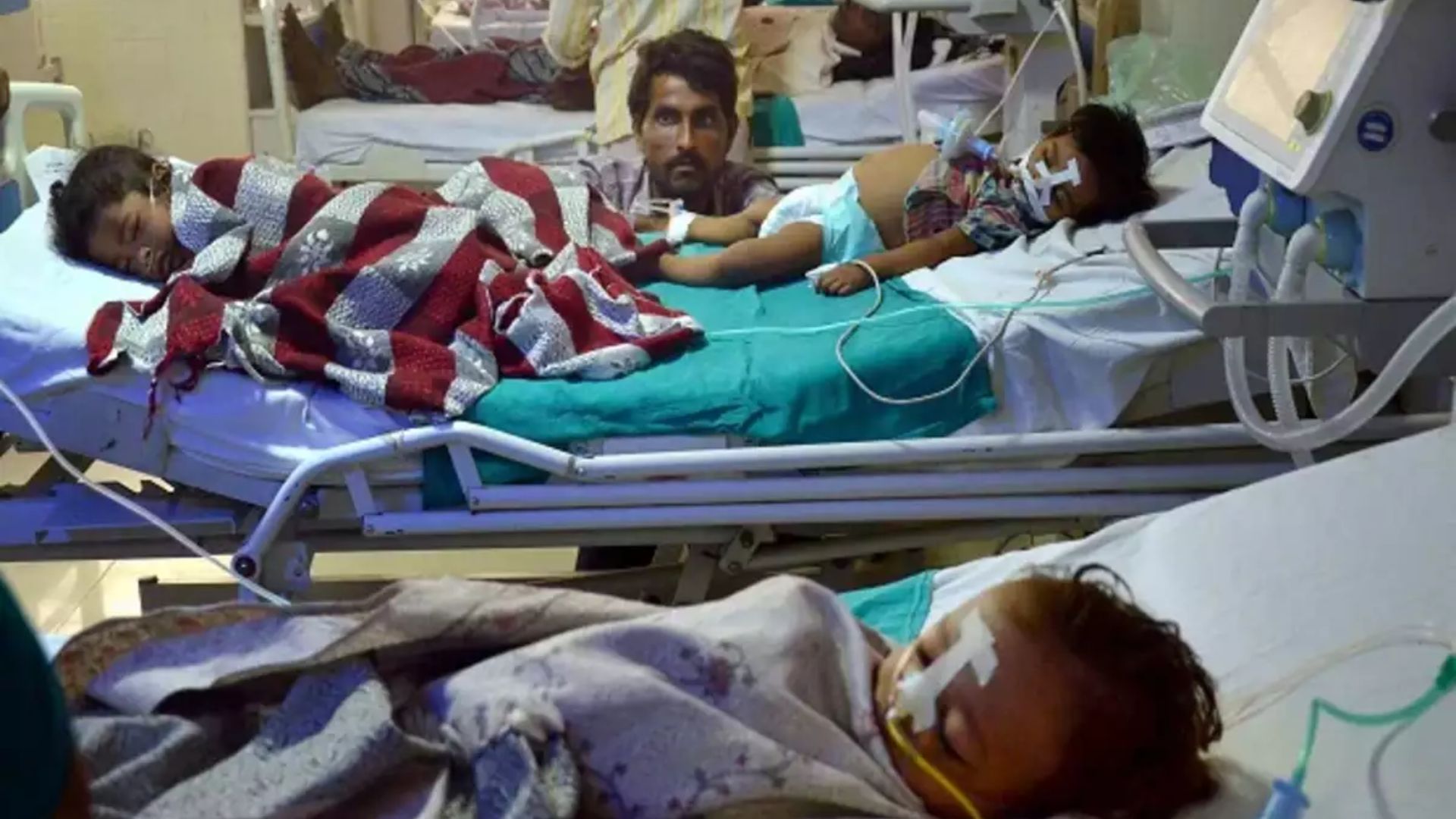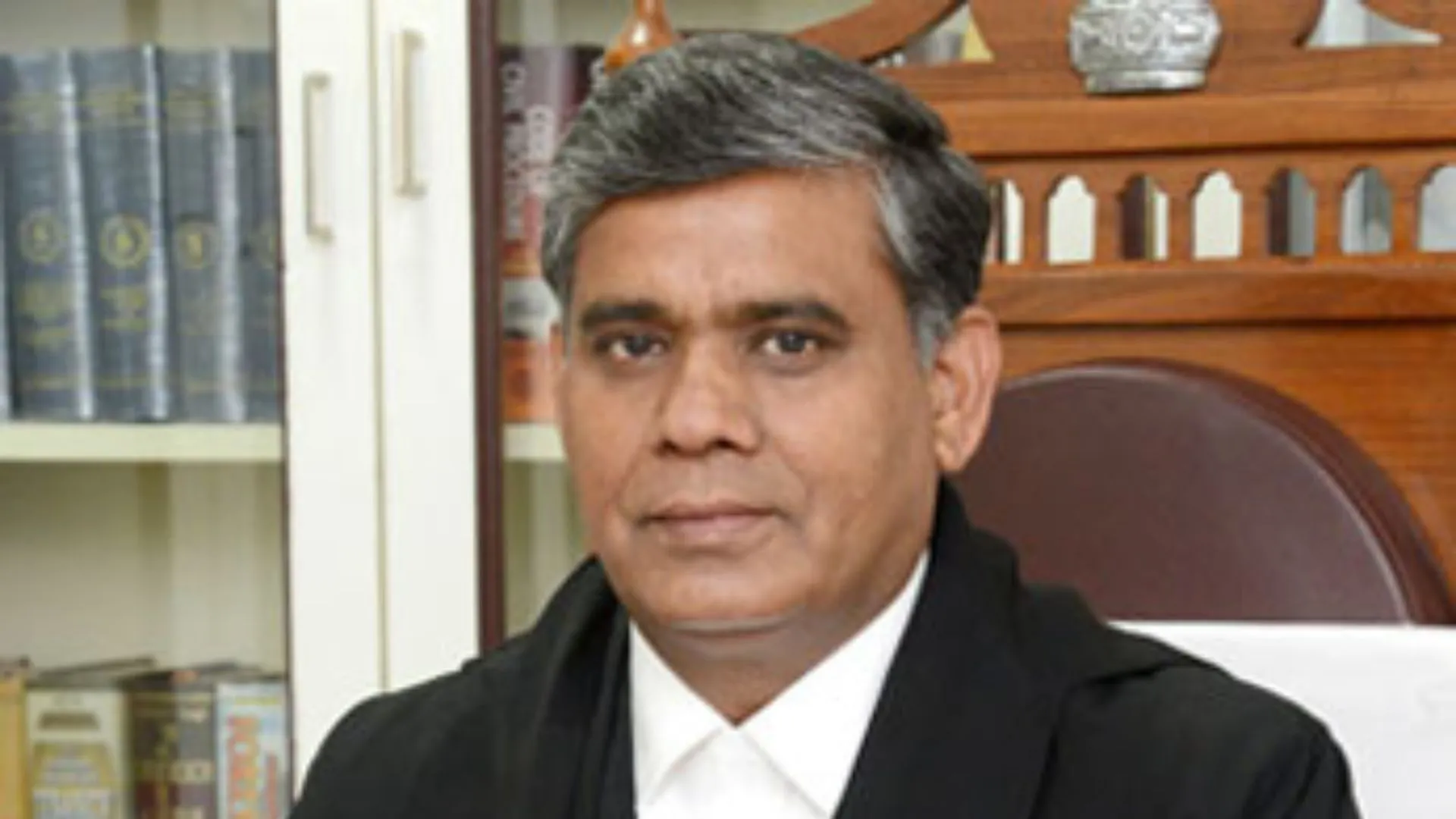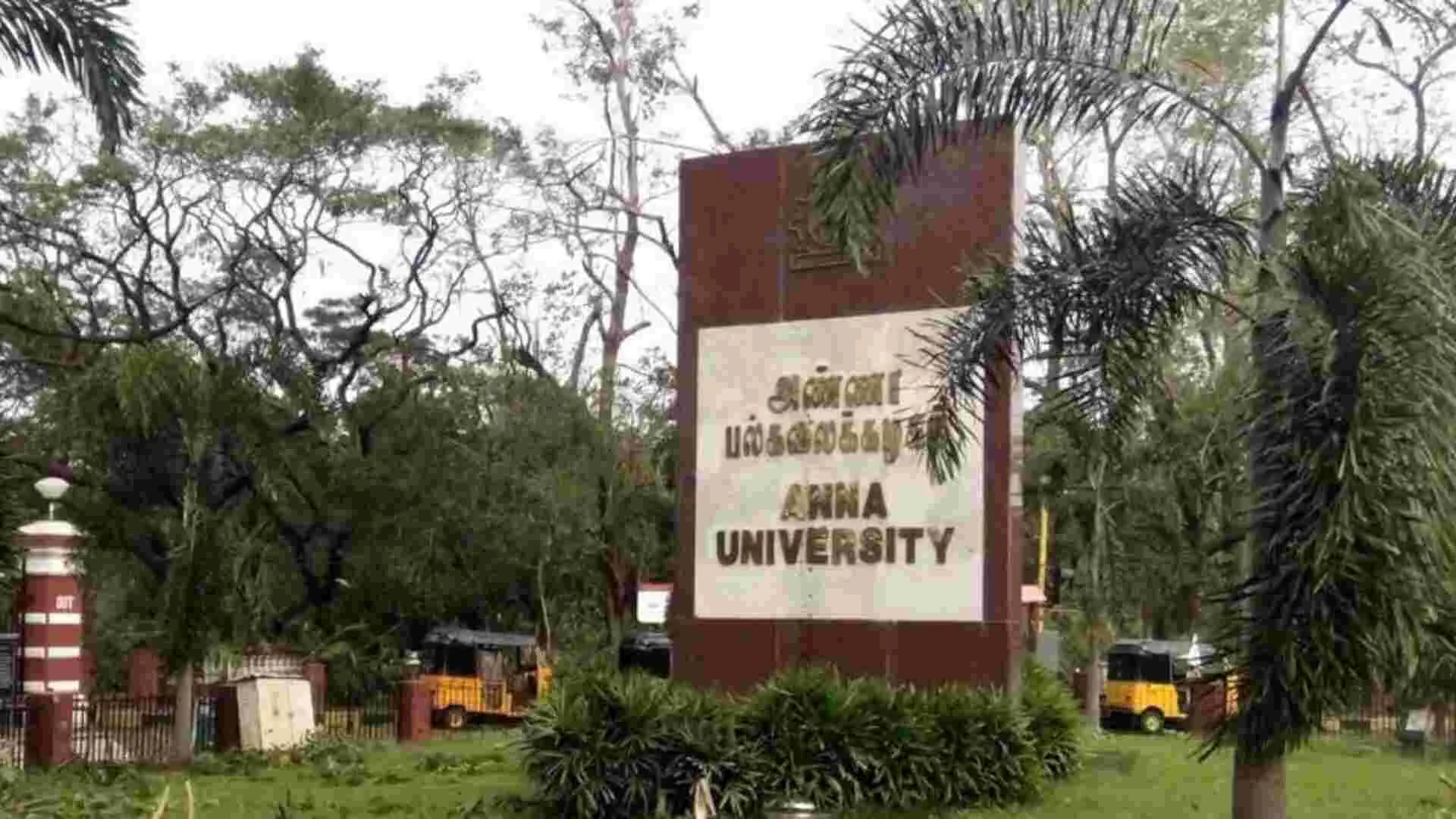Out of the 78 children who died from Acute Encephalitis Syndrome in Gujarat this year, only 28 were found to be infected with Chandipura Vesiculovirus. Epidemiological investigations are still ongoing.
Reporting one such incident is the lives of Pradeep Bariya and his wife, Hansa, from Kotda village in Panchmahal district’s Godhra, were turned upside down when their only child, four-year-old Devanshi, suddenly became ill in the early hours of July 16. While the family was asleep, Devanshi began to experience seizures. Within minutes, she started vomiting and having diarrhea, eventually losing consciousness.
The tribal couple rushed Devanshi to the local hospital, but she was not admitted. She was then taken to the Godhra civil hospital, where she was referred to Vadodara’s SSG Hospital. There, she was diagnosed with Acute Encephalitis Syndrome (AES).
“She was with us for only about 12 hours after being admitted to the Vadodara hospital. Before we could even understand what was happening, she was gone…,” said Pradeep, 23, who supports his family by farming a small plot of land near their home. He added, “The doctors and government officials told us my daughter was affected by the Chandipura virus, but they have not given us any documents or explained what happened so suddenly.”
Hansa, 25, expressed her ongoing disbelief, saying, “I keep hoping that this is just a bad dream I will wake up from… Since the day we admitted her to the hospital, we’ve been inundated with visits from medical teams, government officials, and even experts, who have taken samples from us, our animals, and collected sand flies from our house.”
On July 15, the day before she fell ill, the couple had taken Devanshi to Godhra to complete the process of getting her Aadhaar card, but they had to return home due to a technical glitch. “She was playful and didn’t want to go to bed. She had no fever or any other symptoms. What happened after that has left us devastated… We would have celebrated her fourth birthday on August 8,” said Pradeep.
The couple remains confused about why no other children in their village have shown similar symptoms. A neighbor suggested, “If the disease spreads so rapidly, why did it only affect one child? Maybe she had congenital issues that the parents were unaware of.”
Chandipura Vesiculovirus (CHPV) cases have primarily been reported in rural areas, but this year, cases have also appeared in urban parts of Gujarat, with many AES cases later identified as CHPV.
In another case, three-year-and-eight-month-old Dhruti Parmar from Gotri, Vadodara city, succumbed to AES after being admitted to the pediatric intensive care unit of SSG Hospital on July 18. She was initially suspected of having CHPV, but her test later came back negative.
Her father, Hitesh Parmar, recounted, “Her symptoms began after we visited her maternal grandparents in Ankleshwar. She had a mild fever for a day but recovered. She even attended school for a day, but the fever returned. We tried home remedies, but around 4:30 a.m. on July 16, she started vomiting and had diarrhea. We rushed her to a private hospital, but when she had a seizure, they referred us to SSG Hospital, saying her symptoms resembled CHPV… She was on a ventilator for two days before she passed away.”
After Dhruti’s CHPV test came back negative, the hospital informed her family that she died due to neurological complications and brain inflammation. The hospital records indicated that she suffered from “respiratory failure with nasal bleeding,” which was consistent with other fatalities at the hospital.
“We live in a joint family. My brother has two children, and I have a five-month-old son. Since Dhruti’s death, even the slightest cough or sneeze from the children terrifies us… The lack of information about her case has left us anxious and confused. I can’t stop thinking that maybe we made a mistake somewhere. Our home doesn’t even have sand flies, so what could have caused the encephalitis?” Hitesh said.
Sand flies, which breed during the monsoon season, are known vectors of CHPV, which primarily affects children between nine months and 14 years old.
The Gujarat government, which was issuing daily bulletins on AES and CHPV, stopped releasing updates after August 20, citing no new cases. Among the 78 children who died of AES in the state, 28 tested positive for CHPV. The government has not clarified which pathogens may have caused the other deaths.













